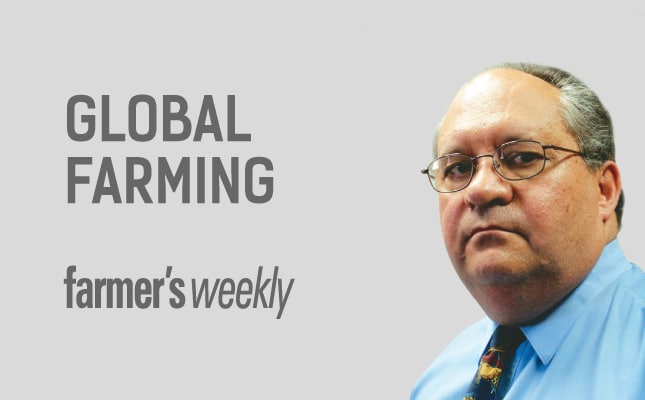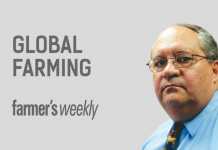
The global economy grew slowly in the first half of 2015. The main reason for this was the slowdown in growth in emerging markets for the fifth year in a row.
In the US, a harsh winter which saw ports close down and lower capital expenditure in the oil sector resulted in weak growth in the first quarter. There are signs that the US economy is recovering, however.
READ:Slowdown in economic growth
The Euro area economies recovered as predicted, with higher-than-expected growth in Italy, Ireland and Spain compensating for the slower growth in Germany. In the UK, unemployment is back to its pre-2008 level, with GDP growth during the first half of 2015 at 2,25%.
Growth in most east Asian economies was slower than expected. Brazil had a deep downturn, and lower commodity prices also had a negative effect on economic growth in other South American countries.
Ongoing conflict resulted in lower growth in Russia and the Ukraine. The sub-Saharan economies also grew slowly in the first half of 2015, mainly as a result of lower commodity prices and unrest in some countries.
The global economy is projected to grow by 3,1% in 2015, accelerating to 3,6% in 2016.
The slowdown of growth in emerging markets is mainly due to a slowdown in Chinese import demand and lower commodity prices. A weaker currency has also limited the benefit of lower oil prices on the economy.
Medium-term outlook
The medium-term outlook for economic growth is positive, largely thanks to the slow return to normal growth in stressed countries. Fast-growing economies such as China and India will increase their importance as growth drivers.
The US economy is expected to grow by 2,6% in 2015, increasing to 2,8% in 2016. Lower energy prices will support this growth.
In the Eurozone, growth will remain moderate, increasing from 0,9% in 2014 to 1,5% this year and to 1,6% next year. Growth is limited by political and other crises in Europe.
The Chinese economy is expected to grow by 6,8% in 2015, slowing down to 6,3% in 2016. India’s growth will improve to 7,5% in 2016. Growth is slowing down in Latin America, with Brazil’s economy shrinking by 3% in 2015 and 1% in 2016.
Market turmoil
Financial market turmoil, especially in emerging market economies, resulting in capital flow reversals, could limit global growth. Lower capital investment is another source of concern, both in developed and developing economies. High public and private debt levels are also worrying.
The major role played globally by China’s economy implies that whatever happens there affects the rest of the world. In China, there are risks of a stronger growth slowdown, especially if the authorities do not succeed in managing to limit their financial vulnerability.
Depressed commodity prices could have a further negative impact on commodity-exporting countries; if the impact is severe, it could spill over to commodity importers. The US dollar is expected to strengthen further, placing a strain on dollar debtors as they will have to pay more in their own currencies.
South Africa
The outlook for the SA economy remains subdued. It disappointed with -1,3% growth in the second quarter after weak growth of 1,3% in the first quarter. Lower production of goods contributed to the decrease in production. The IMF projects 1,4% growth in 2015, slowing down to 1,3% in 2016. In his medium-term budget speech, the minister of finance predicted 1,5% growth for this year, improving marginally to 1,7% next year.
Lower final demand and a reduction in inventories resulted in a decrease in gross domestic expenditure in the second quarter of 2015.
Households spent more on non-durable goods in the first quarter of 2015 (+3,2%), resulting in an increase of 2,4% in final expenditure by households. This slowed down to 1,2% in the second quarter. Slow economic growth, high unemployment and cutbacks by mining companies caused by low commodity prices will result in a slowdown in retail demand growth.
Fortunately, the change in income patterns as more people enter the middle-class will continue to drive retail dairy demand and demand growth will remain positive.
A weaker currency will help to mitigate the effect of lower commodity prices for exporters, while providing some protection against lower-priced imports.
Dr Koos Coetzee is an agricultural economist at the MPO. All opinions expressed are his own and do not reflect MPO policy.



